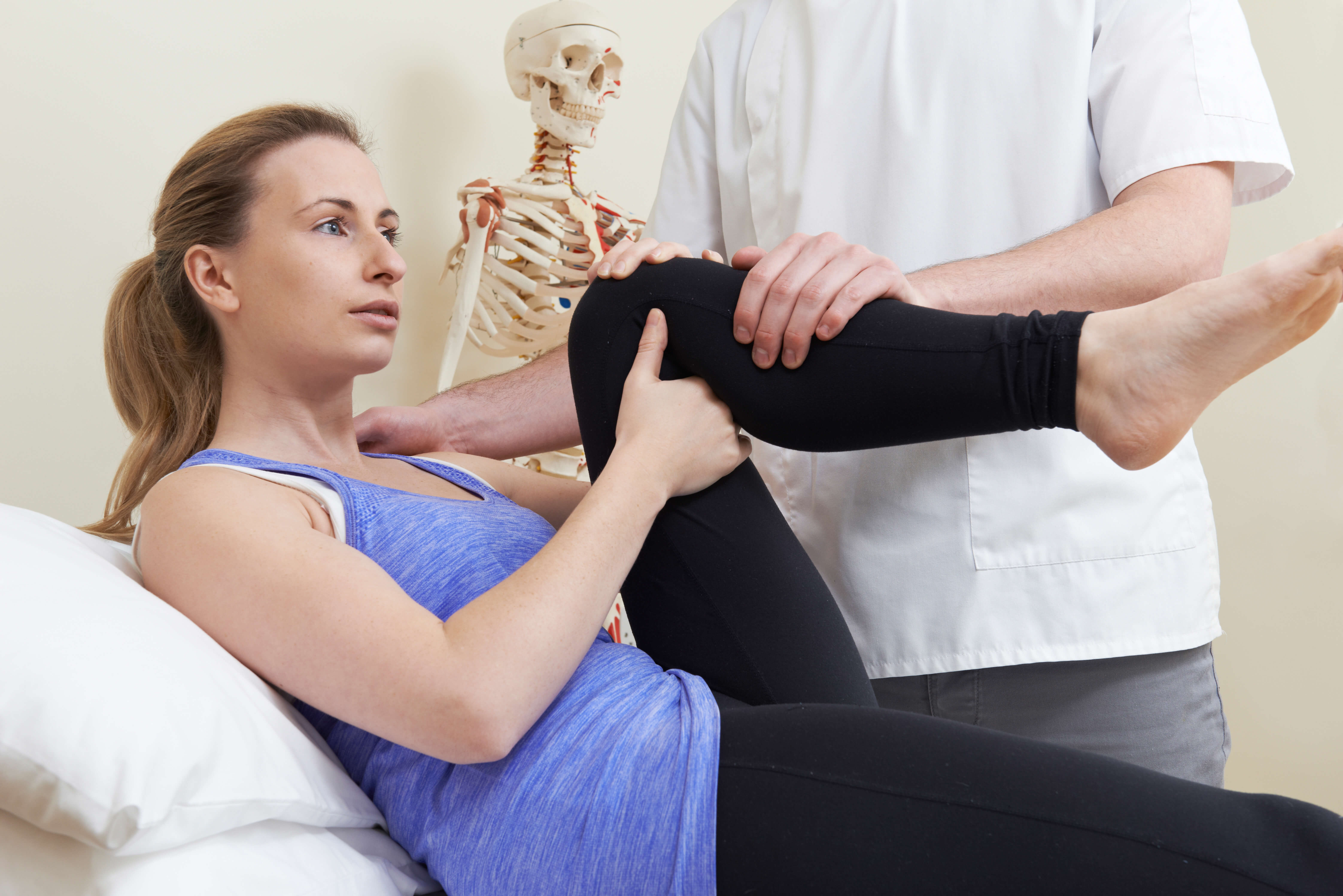
Knee pain is one of the most common problems affecting people of different ages. It can happen because of injury, arthritis, overuse, or lack of movement. The pain can range from mild discomfort to severe pain that stops you from walking or standing. therapy for knee pain is often the best way to manage this problem without surgery. The main aim is to reduce pain, improve function, and help people live a normal life.
Causes of Knee Pain
Many reasons can lead to knee pain. Some common causes include:
-
Sudden injury like falling or twisting the knee
-
Sports injuries or overuse during exercise
-
Arthritis, which causes joint inflammation
-
Age-related wear and tear
-
Obesity, which puts extra pressure on the knees
Understanding the cause is important to choose the right therapy.
Signs You Need Knee Therapy
You may need therapy if you feel:
-
Continuous knee pain while walking
-
Difficulty bending or straightening your leg
-
Swelling or stiffness in the knee
-
Weakness or instability
Ignoring these signs can make the condition worse. Early therapy is helpful in reducing long-term damage.
Benefits of Therapy for Knee Pain
Therapy is helpful in many ways:
-
Reduces swelling and pain
-
Improves muscle strength
-
Increases joint flexibility
-
Helps you return to normal daily activities
-
Prevents the need for surgery in some cases
Therapy is safe, non-invasive, and tailored to your specific condition.
Types of Therapy Used for Knee Pain
There are different types of therapy used depending on the condition of the knee:
1. Physical Therapy
Physical therapy is the most common form of knee treatment. It involves exercises and movements that help strengthen the muscles around the knee. A trained therapist will guide you through stretching and strengthening exercises. Regular sessions can improve the knee’s function and reduce pain over time.
2. Manual Therapy
Manual therapy involves hands-on techniques by a therapist. They gently move and massage the knee joint to improve motion and reduce pain. It helps improve circulation, reduce tightness, and restore flexibility.
3. Electrotherapy
Electrotherapy uses machines like ultrasound or TENS (Transcutaneous Electrical Nerve Stimulation). These machines send small electric currents to the knee to reduce pain and improve healing. It is painless and often used with other therapies.
4. Heat and Cold Therapy
Hot packs help relax the muscles and improve blood flow, while cold packs reduce swelling and numb sharp pain. Both methods are simple and can be done at home or in a therapy center.
5. Hydrotherapy
Hydrotherapy includes exercises done in water. Water supports the body and reduces stress on the knee joint while allowing easy movement. It is ideal for people who cannot do regular exercises due to pain.
6. Exercise Therapy
This therapy focuses on specific movements and workouts to build strength and flexibility. These exercises include low-impact walking, cycling, or swimming. It is helpful to start slow and follow a plan that suits your condition.
7. Stretching Therapy
Stretching improves flexibility and range of motion. A therapist may suggest stretches for the hamstring, quadriceps, and calf muscles. This can take pressure off the knee and reduce pain.
8. Supportive Devices
Sometimes, therapy includes the use of braces or shoe inserts. These help reduce pressure on the knee and support movement. Using a cane or walker for a short time can also prevent further injury.
Tips for Effective Knee Therapy
To get the best results from therapy:
-
Follow the therapist’s advice regularly
-
Do not skip exercise sessions
-
Avoid putting too much pressure on the knee
-
Use supportive footwear
-
Keep a healthy weight to reduce stress on the knee
These small steps can make therapy more effective and give long-term relief.
When to Seek Medical Help
While therapy helps in most cases, you should see a doctor if:
-
The pain is severe and does not improve
-
The knee is red, swollen, and warm
-
You cannot put any weight on the leg
-
There is a sudden loss of movement
In such cases, a medical expert will examine your knee and may suggest further tests or treatments.
Who Can Benefit from Knee Therapy
Therapy is not only for older adults. It is useful for:
-
Athletes recovering from injuries
-
Office workers who sit for long hours
-
People with arthritis or joint conditions
-
Those recovering from surgery
-
Anyone with knee stiffness or weakness
How Long Does Therapy Take
The time needed for therapy depends on the cause and severity of the problem. Some people feel better in a few weeks, while others may need several months. Patience and regular sessions are important to see results.
Preventing Knee Pain in the Future
Therapy can also teach you how to prevent future knee problems. Some useful tips include:
-
Doing regular leg exercises
-
Maintaining a healthy body weight
-
Wearing proper footwear
-
Using correct posture while walking or running
-
Avoiding heavy lifting or sudden movements
Conclusion
Therapy for knee pain is an effective, safe, and long-term solution for many people. It helps reduce pain, improves movement, and restores your quality of life. Whether your pain is from injury, arthritis, or daily strain, therapy can help you manage it well. If you are looking for trusted care and support, hash clinics offers experienced therapists who guide you through every step of recovery.
Comments on “Effective Therapy for Knee Pain to Improve Daily Movement Easily”